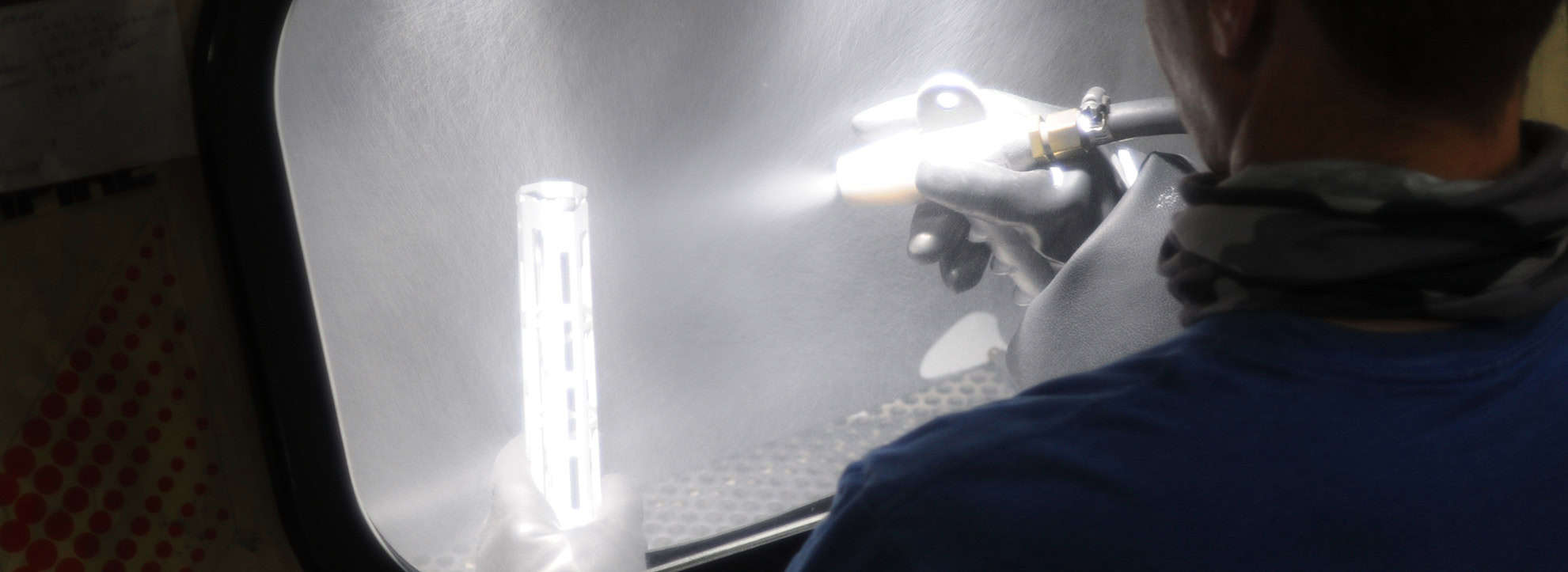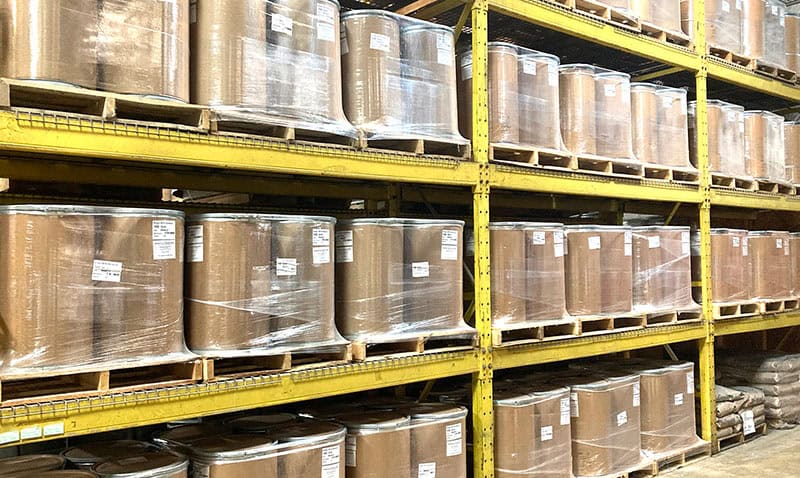
Welcome to Rodeco Metal Finishing! As your trusted supplier of Empire Abrasive Equipment abrasive blast cabinets, we understand that achieving optimal blasting performance starts with a crucial factor: your compressed air capacity. Selecting the right nozzle is key, and it’s vital to understand how air flow—measured in cubic feet per minute (CFM)—can impact your abrasive blasting operations.
In this guide, we’ll explore how different nozzle sizes and configurations affect air flow through pressure blast nozzles and suction blast guns. By grasping these concepts, you can make informed decisions that enhance your blasting efficiency and effectiveness. Let’s dive into the details of optimizing air flow for your abrasive blasting needs!
Optimizing Air Flow Through Pressure Blast Nozzle
Abrasive blasting relies heavily on the efficiency of air flow through pressure blast nozzles. Proper air flow, measured in cubic feet per minute (CFM), is essential for achieving optimal blasting performance. Here’s a breakdown of how different nozzle sizes and blast pressures affect air flow.
Nozzle Size and Air Flow
1/8” Nozzle
3/16” Nozzle
1/4” Nozzle
5/16” Nozzle
3/8” Nozzle
7/16” Nozzle
1/2” Nozzle
To maximize performance in abrasive blasting, it’s essential to understand air flow through suction blast guns. The flow rate, measured in cubic feet per minute (CFM), can vary greatly based on the combination of nozzle and air jet sizes. Below, we break down how these configurations influence air flow at various blast pressures.
Nozzle and Air Jet Combinations
1/4″ Nozzle with 1/8″ Air Jet
5/16″ Nozzle with 5/32″ Air Jet
3/8″ Nozzle with 3/16″ Air Jet
7/16″ Nozzle with 7/32″ Air Jet
Understanding air flow and selecting the right nozzle are essential for maximizing the efficiency of your abrasive blasting operations. At Rodeco Metal Finishing, we’re here to help you choose the best equipment for your needs. If you have any questions or need assistance, don’t hesitate to reach out! Call us at 800-849-0871 or visit our email us at info@rodeco.com with any questions. Let’s optimize your blasting performance together!
Need to replenish your media supplies?
We carry a large supply of media that is ready to ship out today.
Call us at 919-775-7149
or visit Blast Media to find out more.
